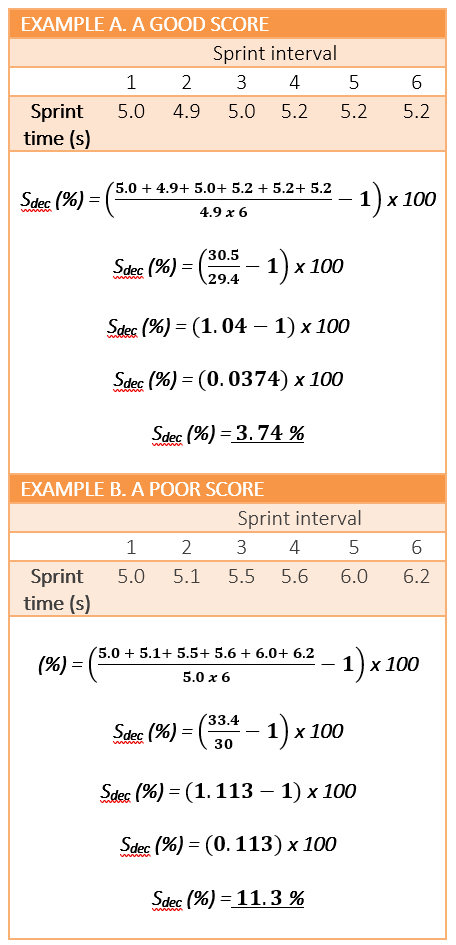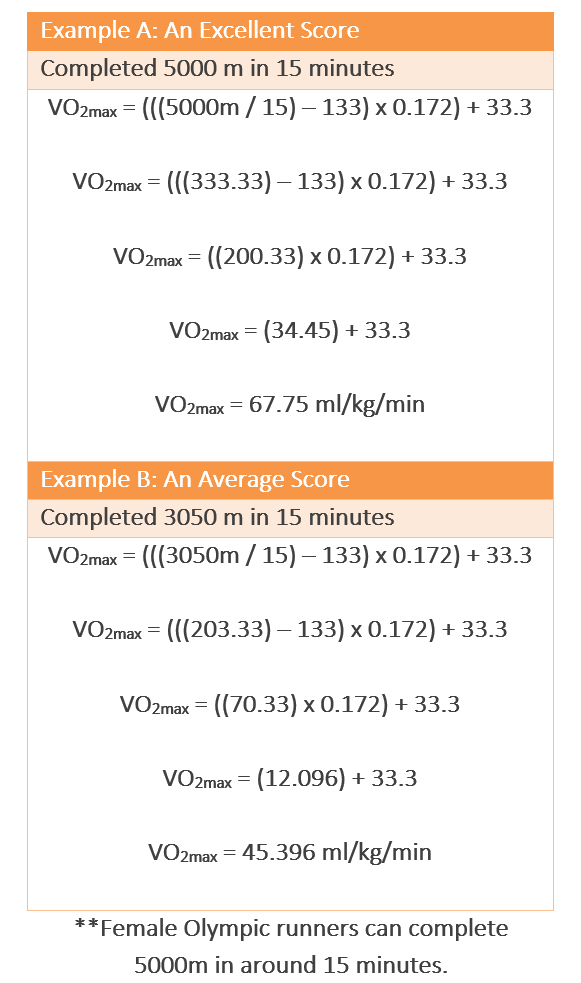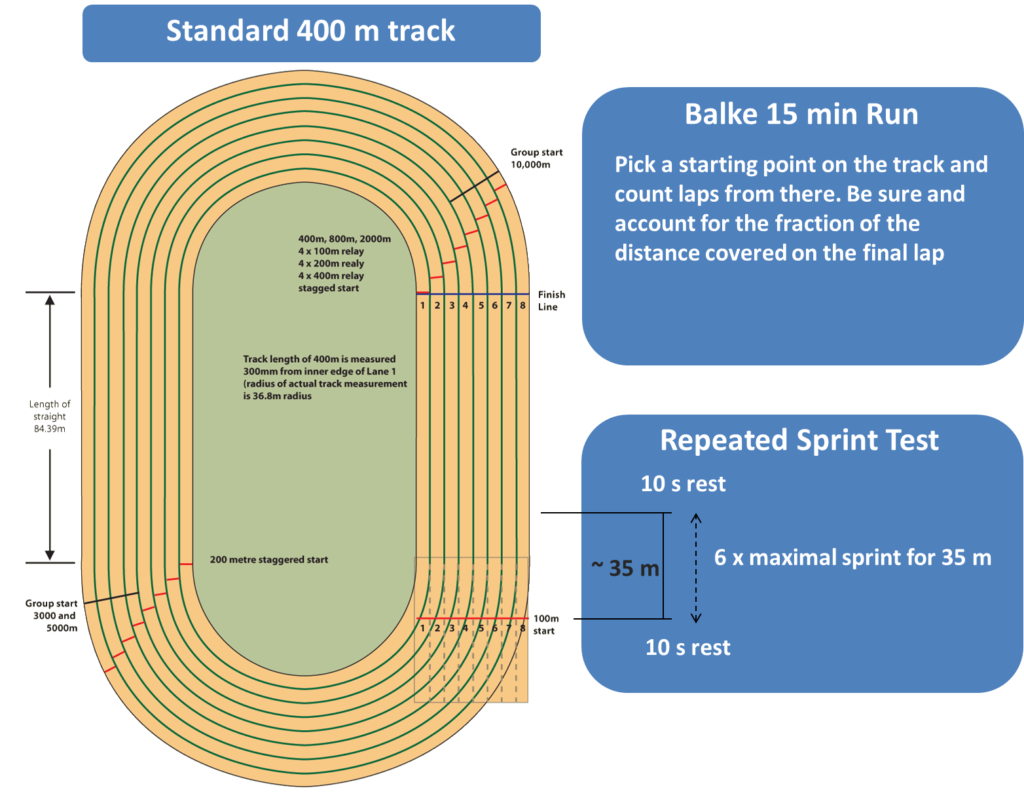If you don’t regularly test your performance, how can you be sure that your training plan is effective? A good program of performance testing can help you with this, and a whole lot more. For example, exercise testing can help you optimise your overall physical and mental preparation for a fight; it can help you assess how your body is responding to training and evaluate the potential for overtraining or undertraining; it can help you identify strengths and weaknesses and create training objectives; and it can help to classify your skill status and ability level.
The goal of this article is to teach you how to assess two of the most important performance factors in MMA: aerobic fitness and anaerobic fitness. You should also note that this article is part of a series focused on performance testing for fighters in MMA. The first article in the series outlined the fundamentals of performance testing, so start reading there if you’ve not already. The second article introduced a few sports psychology tests. The third article showed you how to measure body size and composition. The fourth article covered tests of muscular power and the fifth article showed you how to test muscular strength. The last article showed you how to assess muscular endurance.
Ok, let’s get into it. MMA is a sport characterised by repeated high intensity, short-duration efforts, interspersed with brief recovery periods. Because this kind of activity is influenced by anaerobic and aerobic energy system you need to perform tests that assess both.
One of the more established tests used to assess your ability to perform repeated high intensity anaerobic efforts like those required in the cage is the running-based anaerobic sprint test. Alternatively, the Balke 15 min track run is a test that can assess your aerobic fitness. Both tests are described in turn below.
To complete the running-based Anaerobic Sprint Test, you’ll need 35-m of track, two stopwatches, two assessors, and counter.The running-based anaerobic sprint test consists of 6 x 35 m sprints, with 10 s rest between each sprint. The first thing you must do is find a suitable straight-line course and mark off 35 m. After undertaking a suitable warm-up, you’re ready to begin the test. Note that one assessor ensures the participant takes only 10 s of rest between each sprint, and another assessor records the time of each 35-m sprint.
To quantify your ability to resist fatigue during the test, use the percentage decrement score (Sdec) (Girard et al., 2011), because a good repeated sprint ability is best described by a high average sprint performance. Use the below equation to calculate the Sdec.

Below is an example that shows you how to perform these calculations. Note that the fastest sprint time that you achieve during the entire test, and the average sprinting time over all six sprints is also a good performance indicator that you should record.

The most common test of aerobic fitness is the laboratory-based incremental VO2max test. The participant performs the test at a predetermined cadence or at a specific work rate that increases at regular intervals, until they can no longer continue. Oxygen and Carbon dioxide, and many other variables are measured with expensive laboratory equipment. It is not possible to perform this test on yourself, but your local university may be able to accommodate you. If you do not have access to a laboratory, try the Balke test described below. The Balke test (Balke, 1963) is a 15-minute test of aerobic endurance. This is somewhat comparable in duration to a typical professional MMA bout (i.e 3 x 5 min rounds). In this test, the participant runs around a 400 m track for 15 minutes, the distance achieved in this time is record and used to estimate VO2max using the following formula:

Here is an example of how to figure out your VO2max using the formula:

As a reference, most elite male wrestlers and judokas have a VO2max between 50 and 60 mL·kg·min-1 (Callan et al., 2000; Franchini et al., 2011; Horswill 1992). But you should remember that although wrestling and judo share some technical similarities with MMA, the matches are much shorter in duration. For example, a typically international wrestling match can last up to 6 minutes (3 periods of 1 or 2 minutes), while judo matches can last up to 10 minutes. A typical MMA match can approach and often exceed 15 minutes (three to five, five minute rounds). This suggests that fighters in MMA require a larger VO2max than their wrestling and judo peers.
Take-home message
This article provided you with a simple overview of how to measure anaerobic and aerobic performance, using the running-based anaerobic sprint test and the Balke 15 min track run; both tests are shown below.
 Possible set-up for aerobic and anaerobic testing.
Possible set-up for aerobic and anaerobic testing.Download the MMA Training Bible’s data collection book here. This will allow you to record your data and chart your progress on this test and all of the other tests described in this article series.
Take Care,
Dr. Gillis
References
- Girard et al., Repeated sprint ability – part 1. Sports Med. 2011, 41(8), 673-694
- Balke B, 1963, A simple field test for the assessment of physical fitness. Civil Aeromedical Research Institute Report, 63-18. Oklahoma City: Federal Aviation Agency
- Callan et al., 2000, Physiological profiles of elite freestyle wrestlers, J Strength Cond Res, 14, 162-169;
- Franchini et al., 2011, Physiological profiles of elite judo athletes, Sports Med, 41, 147-166;
- Horswill, Applied Physiology of amateur wrestling, Sports Med, 14, 114-13;

Leave a Reply